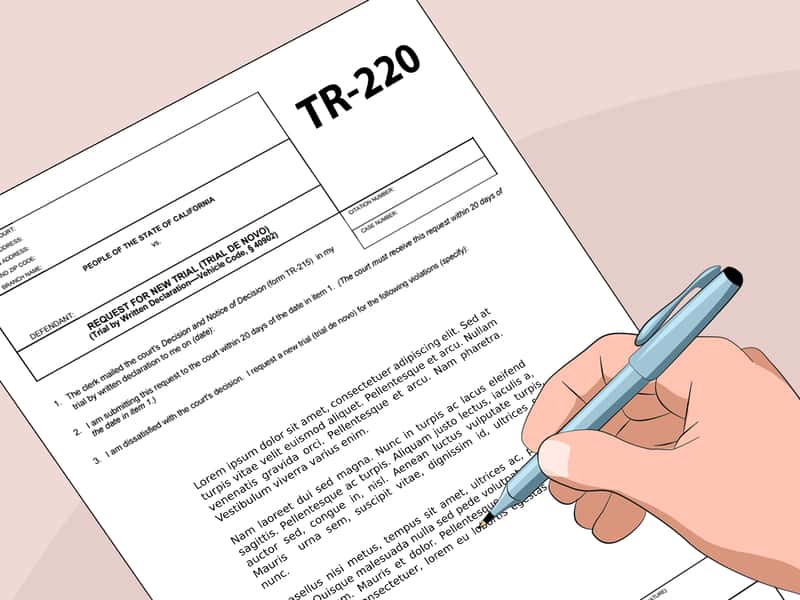New York City and New York State will receive another rendition of the energy code that will bring real changes to New York and the development business. On July 14, 2016, the City Council voted to receive a code refresh to the New York City Energy Conservation Code (NYCECC) that became effective on October 3, 2016.The refreshed 2016 NYCECC code depends on nyc energy code with included NYC-particular arrangements. Beneath we diagram the real changes to the NYCECC that you ought to know about:
Enter changes in the NYCECC include:
Upgrades in building envelope (the boundary between indoor space and open air space—dividers, rooftops, windows, and entryways) outline in the low-ascent private segment. This implies another age of all around outlined and constructed low-ascent private structures in the City.
The accompanying are National and New York State code arrangements, which incorporate NYC:
Code features for business destinations include:
Envelope enhancements – beneath grade dividers and sections must be protected.
Open ignition fuel-consuming apparatuses must be detached from or outside of the building’s warm envelope.
Improved appointing necessities (e.g. lighting controls, benefit waterheating frameworks, mechanical frameworks, and so forth.).
Altogether, this implies new advertisement structures will be very nearly 9 percent more energy efficient.·
NYC-particular arrangements (business):
New prerequisite for air snugness testing that says:
New structures (as characterized by NYC Admin Code §28-101.4.5)between 25,000 and 50,000 square feet must direct a blower entryway test and new structures more than 50,000 square feet must test or examine each sort of air obstruction joint or crease.
Engineers and manufacturers must record for aerating and cooling and warming units that experience building dividers amid required energy demonstrating.
A 10% reduction in lighting power thickness for retail and office spaces.
Warmth exchange of through-divider PTAC units and aeration and cooling systems should now be represented in energy counts.
Code features for private destinations include:
Manufacturers must run a blower entryway test on new private structures to guarantee a most extreme air spillage of three air changes for every hour.
Envelope upgrades e.g. expanded divider protection from R13 to R20 in NYC’s atmosphere (Zone 4).
An expansion in high-productivity lighting prerequisites (from half to 75%).
Another consistence way in view of the Energy Rating Index, which scores structures from 0 to 100 with respect to the 2006 code.
New one-and two-family homes will be as much as 32 percent more proficient.
NYC-particular arrangements (private):
Protection prerequisites from an increasingly stringent atmosphere (Zone 6).
New private structures must be sun powered power skilled (this implies they are worked with simple convenience for sun oriented boards to be introduced on rooftops).
New NYCECC, New Impact
While keeping up both a moderate and achievable reality, throughout the following three-year code cycle, the new energy code will gloat an amazing evaluated carbon funds of 70,000 metric huge amounts of carbon. That is generally equivalent to the expulsion of 15,000 vehicles off of NYC streets.
Right around seventy five percent of New York City’s carbon contamination originates from its structures. Changes like these will empower the perfect of New York as an energy-investment funds pioneer, and help the City in achieving its strong carbon lessening objectives – which go for a 80% diminishment in discharges by 2050.
2016 Energy Conservation Code
Private ENERGY EFFICIENCY
Business ENERGY EFFICIENCY
Starting late 2016, R-21 is the required R-Value in private dividers. Similarly as with all code changes, expanded confinements mean ecological assurances, which abandon a few structures – and a few temporary workers – missing the mark. In the event that you Spray Foam, particularly on the off chance that you shower open-cell froth in New England, you need the realities about the code change.
On the off chance that you are introducing an air obstruction framework in new development or are performing redesigns to single-family homes or private structures that are three stories or less, this code change specifically influences your work. Starting late 2016, the dividers in these structures must meet R-21. Further, these structures are just permitted three air changes for every hour at a weight differential of 50 pascals (3ACH50).
As clarified in an extraordinary video delivered by the Urban Green Council of New York (www.urbangreencouncil.org/blowerdoor), this implies in a standard 2,500-square-foot building, if every one of the splits, holes, and minor gaps in the whole structure were consolidated, they could just equivalent the measure of a 150-square-inch opening. In addition, take note of that specific zones of the nation take after Passive House Standards, which are significantly more stringent. These Standards permit spillage from a territory that is the span of a normal mobile phone. Despite spillage stipend, to demonstrate snugness, now all influenced structures must breeze through a blower entryway test to go amid conclusive review.




